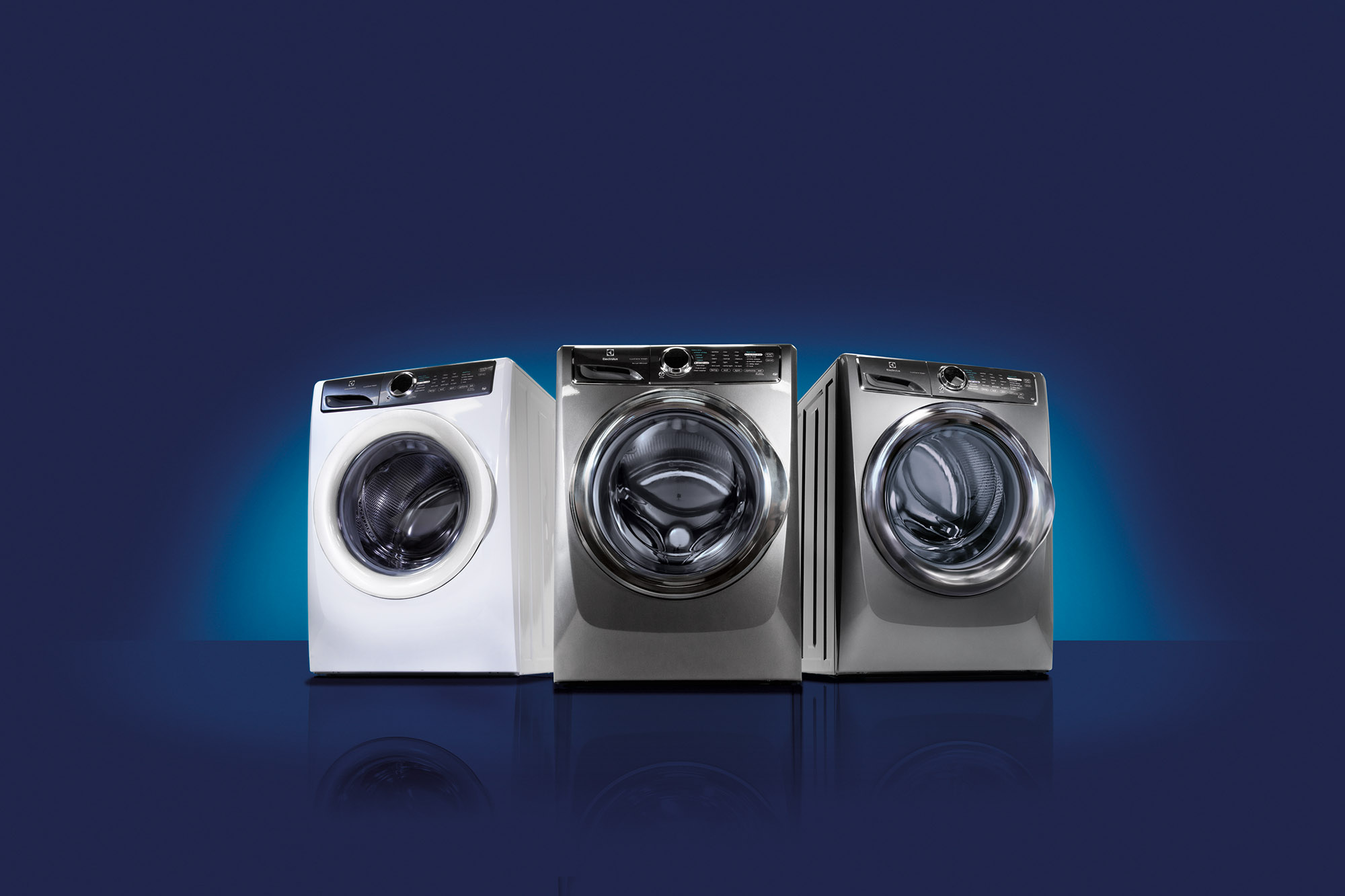

If this is the case, your drain hose is likely to blame. When you ran your test cycle, you may have noticed you didn’t hear any draining sounds coming from your washing machine or drain hose, even while the washer indicated that it was in a drain cycle.
.jpg)
If nothing happens when you push the sensor switch, the sensor could be faulty-meaning you’ll likely need to call a repair technician or shop for a new washing machine ASAP. If it does, it’s possible that the small stem on your lid has broken off and can no longer depress the sensor when the lid is shut. Then, depress the lid sensor with your finger or a pen cap, and see if the machine resumes operation. While your machine is running during your test cycle, keep the lid until the machine stops the cycle completely (usually, this is right before the spin cycle). As a safety feature, most top-loading machines won’t spin or drain if the sensor indicates that the lid is open. Check the lid switch and sensor.įor top-loading washers that don’t lock, a faulty lid switch sends the message to your machine that the lid is open. Can you hear the sound of water draining? Does the machine stop somewhere in the middle of a cycle? Does the spin cycle make loud noises? Pinpointing when the issue arises can help you find the problem faster. Run a cycle with no clothes in the washer, and stay close by so you can watch and listen to the machine (run a shorter cycle to save yourself time). The first step to fixing standing water in the washing machine is to try and diagnose the problem. Run a cycle with an empty machine and stay close. And if you can’t fix it on the fly, you can still turn to Rent-A-Center for solutions. It might be easier than you think to diagnose and fix your washing machine’s standing water problem.
#NEW WASHING MACHINE HOW TO#
Standing Water In Washing Machine: How to Fix Itīefore you panic that your work clothes will never be clean in time for that big meeting, keep in mind that you may be able to fix your washing machine yourself.



 0 kommentar(er)
0 kommentar(er)
